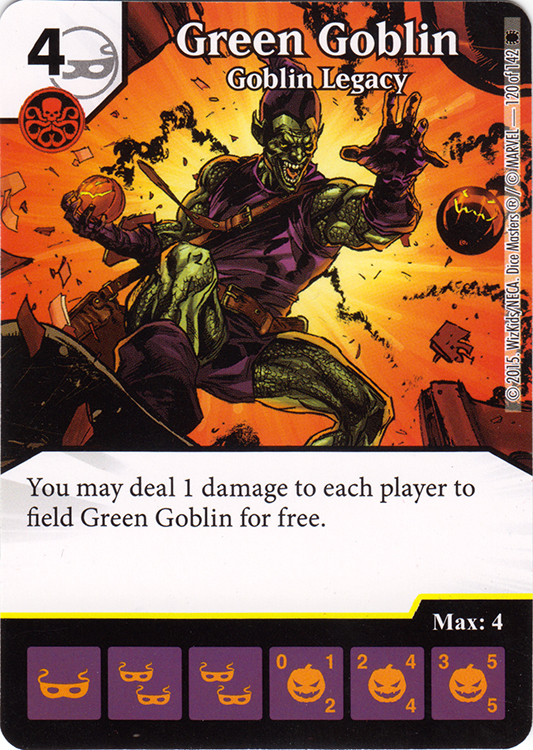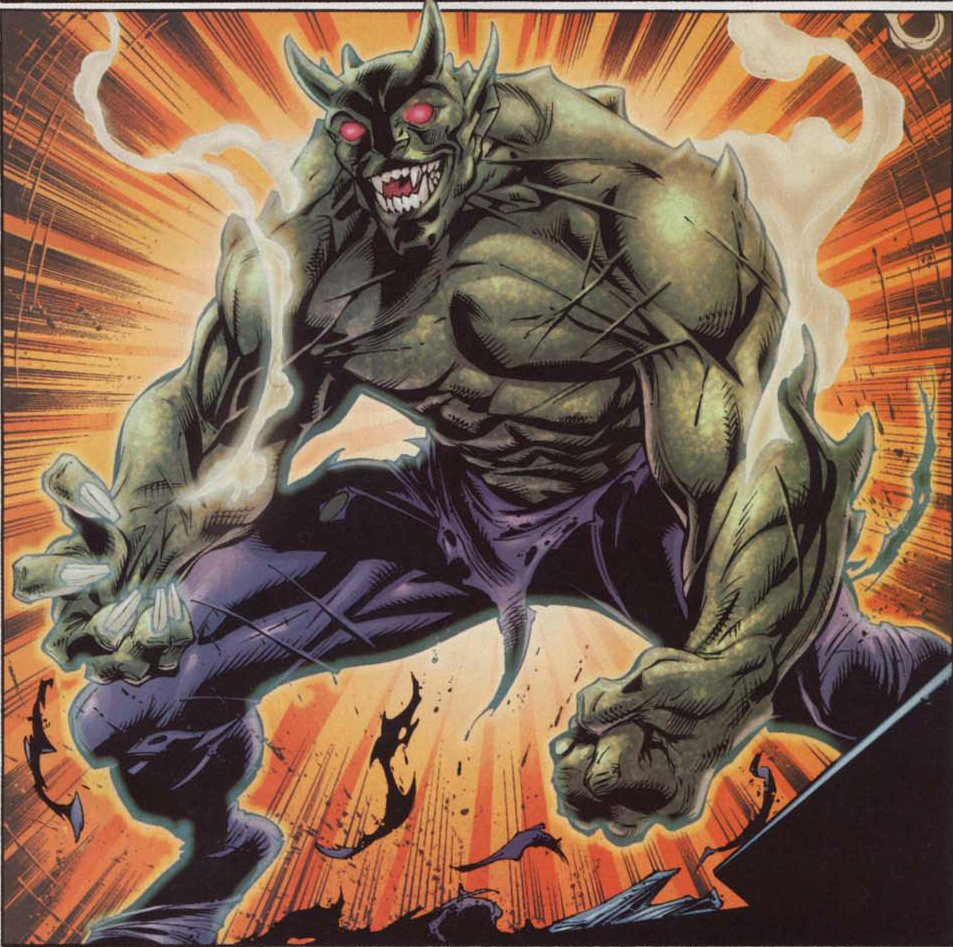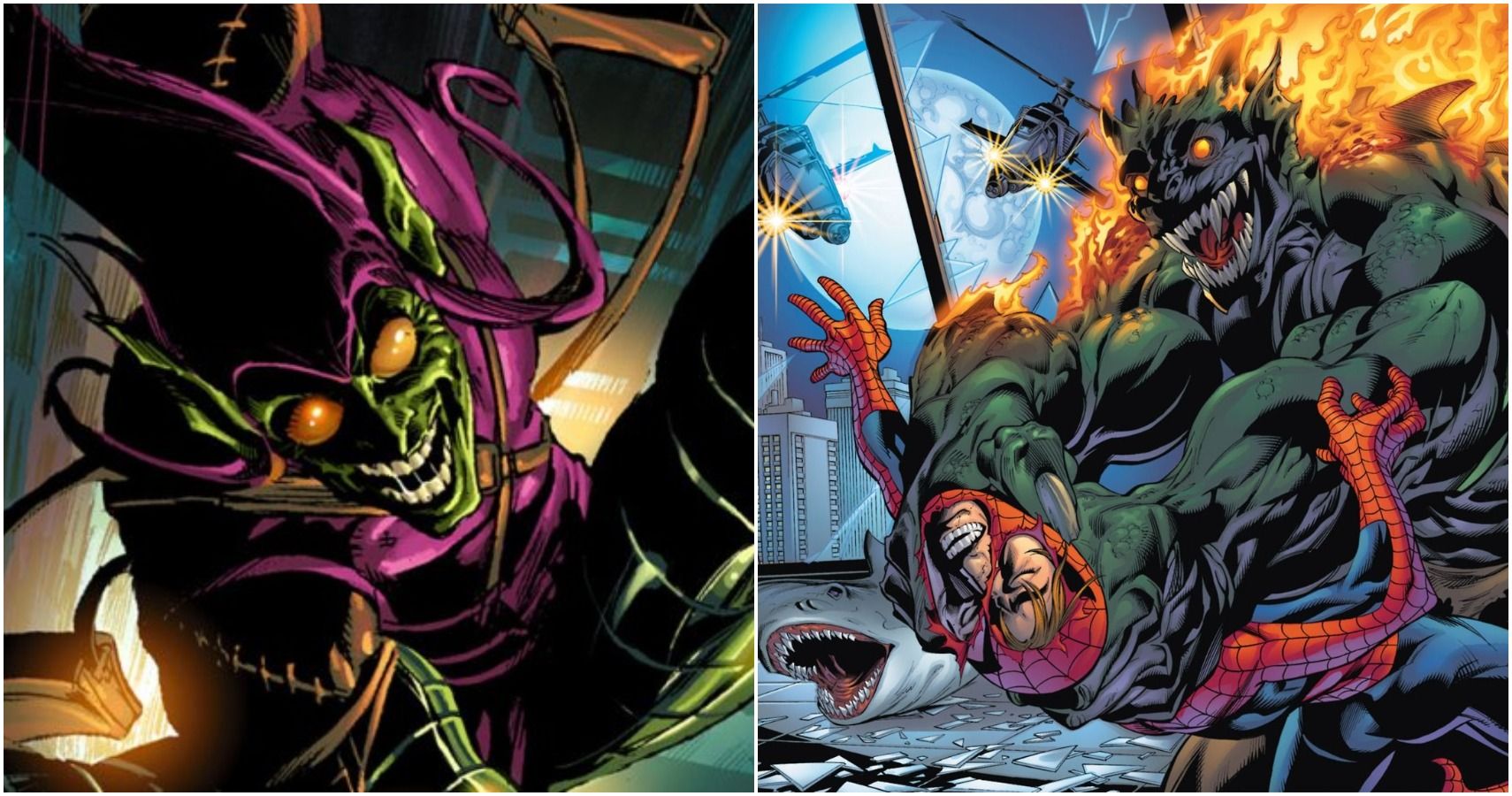The Enduring Legacy Of The Green Goblin: A Deep Dive Into Spider-Man’s Most Iconic Villain
When reflecting on the world of Spider-Man, few characters evoke as much intrigue and terror as the Green Goblin. Since his debut in 1964, Norman Osborn's alter ego has been a cornerstone of Marvel's comic universe, leaving an indelible mark on both fans and the industry itself. Beyond the explosive pumpkin bombs and his trademark glider, the Green Goblin represents a darker side of humanity—a relentless pursuit of power, recognition, and control that resonates deeply with audiences. This character, born from the minds of Stan Lee and Steve Ditko, has transcended the pages of comics to become a cultural phenomenon.
The Green Goblin's influence extends far beyond mere destruction and chaos. He embodies a duality of brilliance and madness, reflecting the complexities of human nature. Whether in the comics, movies, or animated series, the Goblin consistently tests Spider-Man's limits, pushing him to confront not just physical adversaries but also profound emotional and psychological challenges. This rivalry has become one of the most iconic in superhero lore, shaping the narrative of both characters and influencing countless others in the industry. As we delve deeper into his story, we uncover layers of ambition, betrayal, and the intricate relationship between hero and villain, all of which have left an indelible mark on the annals of comic history.
| Full Name | Norman Osborn |
|---|---|
| Occupation | CEO of Oscorp, Supervillain |
| First Appearance | Amazing Spider-Man #14 (1964) |
| Creators | Stan Lee, Steve Ditko |
| Powers | Superhuman strength, agility, and intelligence due to the Goblin Formula |
| Signature Weapon | Pumpkin bombs |
| Notable Connections | Father of Harry Osborn; Arch-nemesis of Spider-Man |
| Official Website | Marvel Official Page |
Norman Osborn's journey from a successful CEO to the infamous Green Goblin is a tale of ambition spiraling into chaos. His descent was gradual, fueled by an insatiable desire for power and recognition. The turning point came with his experiments involving the Goblin Formula, a concoction that not only amplified his intelligence and physical capabilities but also drove him to the brink of madness. This transformation was not merely physical; it was psychological, turning Osborn into a force of nature that Spider-Man could never fully anticipate. The Goblin Formula didn't just grant him superhuman strength and agility; it amplified his darkest impulses, making him a formidable and unpredictable opponent.
Read also:Jackerman The Cinematic Revolution Redefining Modern Storytelling
The Green Goblin's legacy is as multifaceted as the man himself. Over the decades, he has become one of the most iconic villains in comic book history. His ability to challenge Spider-Man on multiple levels—physical prowess, emotional depth, and psychological warfare—sets him apart from other adversaries. Beyond the Spider-Man universe, the Green Goblin has inspired countless other villains, contributing to a broader trend in the industry of creating complex, multidimensional characters. His influence is evident not only in other comic book villains but also in the portrayal of heroes, who often grapple with similar themes of duality, redemption, and the blurred lines between good and evil.
One of the Green Goblin's most significant contributions to Spider-Man's universe is his role in some of the character's darkest moments. The "Identity Crisis" storyline, where the Green Goblin reveals Spider-Man's secret identity to the world, remains one of the most defining moments in comic history. Similarly, the tragic death of Gwen Stacy at the hands of the Green Goblin added a new layer of complexity to their rivalry, shaping the broader Spider-Man narrative. These moments have left a lasting impact on the industry, cementing the Green Goblin's place as one of the greatest villains in comic book lore.
In the world of cinema, the Green Goblin's influence extends beyond the pages of comics. Willem Dafoe's portrayal in the 2002 "Spider-Man" movie, directed by Sam Raimi, brought the character to life with a performance that was both terrifying and tragic. Dafoe's rendition captured the essence of the Green Goblin—a man driven by ambition and madness yet capable of moments of humanity. More recently, the character made a memorable appearance in "Spider-Man: No Way Home," adding new dimensions to his story, particularly themes of redemption and forgiveness. These adaptations have been faithful to the source material while also taking creative liberties, making the character more accessible to a general audience.
The Green Goblin's impact can be seen in various animated series over the years, each offering a fresh take on his character and storyline. The 1990s "Spider-Man" series, for instance, delved deeply into the duality of Norman Osborn and the Green Goblin, exploring their complex relationship in a way that resonated with audiences. In these adaptations, the rivalry between Spider-Man and the Green Goblin often takes the form of a cat-and-mouse game, adding a new layer of tension and intrigue to their interactions.
The Green Goblin's influence extends beyond the realm of comics and films. He has become a cultural icon, inspiring everything from Halloween costumes to fan art. Fans are drawn to his complexity and the way he challenges Spider-Man on multiple levels. His impact can also be seen in modern pop culture, with references in TV shows and shout-outs in music. This enduring popularity is a testament to the character's lasting legacy and the profound impact he has had on the world of comics and beyond.
Delving into the psychology of the Green Goblin reveals the driving forces behind his actions. Norman Osborn's transformation was not just physical; it was psychological as well. The Goblin Formula amplified his already volatile personality, turning him into a creature of pure chaos. Beneath the madness lies a man who craves recognition and respect, a need to prove himself to the world. This duality—brilliant mind, unstable psyche—makes him one of the most compelling villains in comics. His desire for power stems from deep-seated insecurities, making his character both relatable and terrifying.
Read also:Unveiling The Phenomenon Why Www Masa49 Com Is Reshaping The Digital Landscape
As the comic book industry continues to evolve, so too does the Green Goblin. With new stories and adaptations on the horizon, the character remains relevant and continues to inspire creators and fans alike. Whether in the comics, movies, or animated series, the Green Goblin's legacy will endure, shaping the world of superheroes and villains for generations to come. His influence is evident in the way modern villains are portrayed, reflecting the complexities of human nature and the blurred lines between good and evil.
The Green Goblin's story is far from over. As new narratives unfold, his character will undoubtedly continue to challenge and inspire both creators and fans. His impact on Spider-Man's universe and the broader comic book industry is profound, leaving an indelible mark that resonates with audiences worldwide. The enduring legacy of the Green Goblin serves as a reminder of the power of storytelling and the lasting influence of iconic characters in shaping cultural narratives. As we look to the future, the Green Goblin remains a pivotal figure in the world of comics, a testament to the enduring appeal of complex, multidimensional characters.


